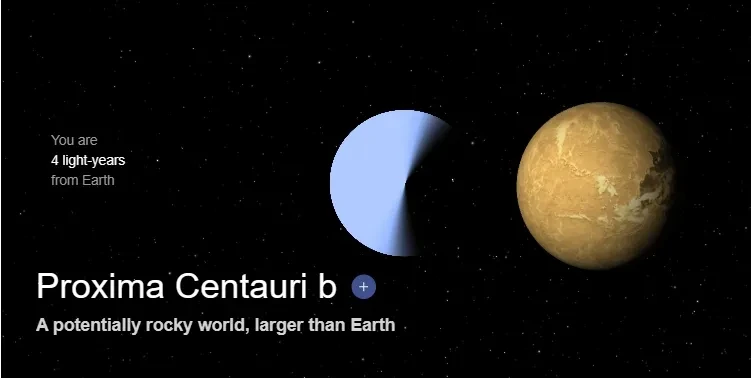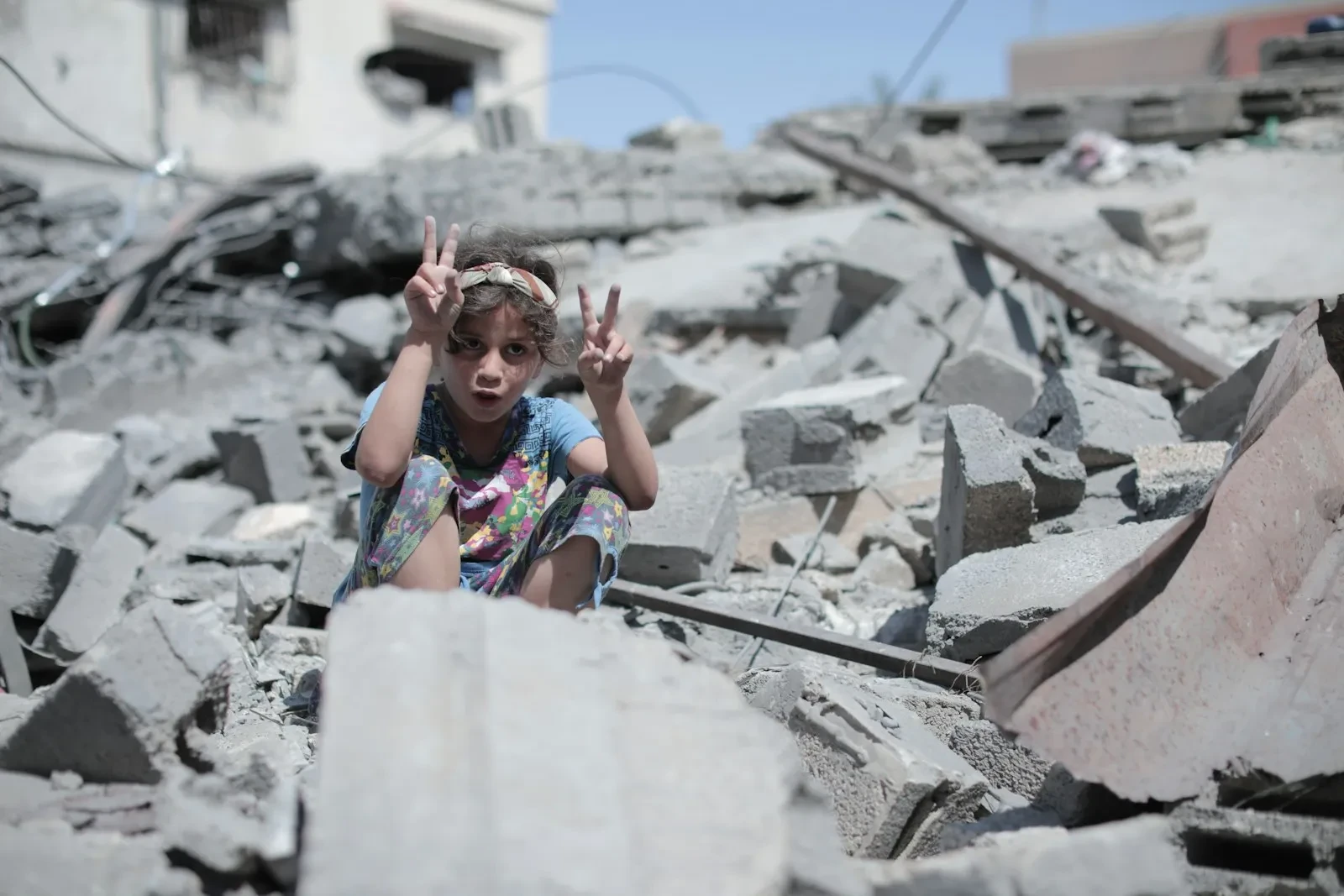A snow and ice storm that struck much of the Southern United States over the past weekend not only caused power outages, fallen trees, and slippery roads but also poses the potential to develop into a major storm bringing extreme cold weather to the Northeastern US this week.
The storm is the result of the collision between an Arctic air mass spreading across much of the United States and moist air flow from the Gulf of Mexico. When these two weather systems collide, a phenomenon known as a “bomb cyclone” occurs – a low-pressure system that experiences a rapid drop in pressure within 24 hours, resulting in strong winds and heavy rain or snow.
According to AccuWeather meteorologist Alex Sosnowski, the storm will bring significant snow and ice from the central-southern US to the southeast, from last weekend into early this week. Additionally, the storm has the potential to bring freezing rain and ice to parts of the Southeastern US.
Snow and ice in the Southern US caused tens of thousands of customers to lose power in Georgia, North Carolina, South Carolina, and Florida. Over an inch of snow per hour fell in some parts of the Carolinas, Georgia, Tennessee, and Virginia, according to the National Weather Service’s Storm Prediction Center.
The storm also made air travel extremely difficult in some parts of the Southern US. Charlotte Douglas International Airport, a major hub for American Airlines in the South, remained open on Sunday morning, but more than 1,000 flights were canceled that day, representing over 80 percent of the airport’s schedule, according to flight tracking service flightaware.com. In Atlanta, where Delta Air Lines operates its main hub, over 300 flights were canceled on Sunday.
The storm is also expected to move into the Northeastern US, which had previously experienced a severe snowstorm that left thousands of drivers stranded in traffic earlier this month. Outgoing Virginia Governor Ralph Northam declared a state of emergency and urged residents to take the storm seriously. More emergency orders were issued in the Southeast as heavy snow and rain are expected early next week in the Tennessee and Ohio valleys and Central/Southern Appalachia.
Snowstorm warnings have been extended from Georgia to New York, as the expected low-pressure system is forecasted to bring snow along the East Coast and in some parts of the Midwest, spreading from the lower Tennessee Valley to the Carolinas and as far north as the northern part of New York and the southern part of New England. States affected are responding to the weather predictions, with Virginia Governor Ralph Northam and Georgia Governor Brian Kemp declaring a state of emergency, and North Carolina Governor Roy Cooper and neighboring South Carolina Governor Henry McMaster issuing emergency orders.
The storm is predicted to peak on Tuesday, with heavy snowfall reaching up to 12 inches or more in some areas, especially in New England. Strong winds can also cause snowdrifts and poor visibility. Air temperatures will drop drastically, creating dangerously cold conditions for both humans and animals.
This storm is an example of “weather whiplash,” where drastic weather changes occur rapidly. While the Northeastern US faces snow and ice storms, the Western US is experiencing warm and sunny weather with above-average temperatures for this season. This extreme weather difference is caused by an unusual jet stream pattern, forming long waves over North America.
This weather whiplash can have negative impacts on human health, the environment, and the economy. Some of the impacts include an increased risk of respiratory diseases, allergies, and infections; damage to crops and livestock; disruptions in transportation and goods distribution; and increased costs for heating and cooling.
Scientists attribute this weather whiplash phenomenon to global climate change, causing an increase in average global air temperatures. This leads to a smaller temperature difference between the poles and the equator, weakening the jet stream and making it more susceptible to other factors, such as El Niño or La Niña. As a result, the jet stream becomes more meandering and unstable, creating patterns of extreme and prolonged weather.
Scientists warn that this weather whiplash phenomenon will become more frequent and severe in the future if there are no serious efforts to reduce greenhouse gas emissions and prevent global warming. Therefore, cooperation and commitment from all parties, including governments, private sectors, and communities, are needed to take mitigation and adaptation measures against climate change and enhance resilience and preparedness for natural disasters.











